Saint Anthony grew up a wealthy man, and following the deaths of his family at age 20, was moved by the Gospel of Mark: “Go, Sell what you have, and give to the poor” (10:21). Doing just that, Saint Anthony sold his possessions, distributing them to those in need, and wandered into the deep desert to live and pray. He fasted, eating only a small amount of food after nightfall each day, and spent his days in quite contemplation and prayer. Saint Athanasius, who wrote a biography of Saint Anthony detailed that the Devil was so attracted to this prayerful man, he engaged in an all-out fight with him, afflicting him with boredom, apathy, and temptations of the flesh in the form of women. During one of these such temptations, Saint Anthony had a vision that the entire world was full of snares and traps. He cried to the Lord, "Oh good Lord, who may escape from these snares?" A voice said back to him, saying, "humility shall escape them without more." Saint Anthony overcame these temptations through prayer, angering the Devil so greatly that he sent a legion of demons to beat him unconscious. After one particular difficult struggle, Saint Anthony saw a light. Knowing it was God, he called out, "Where were you when I needed you?" and was answered, "I was here. I was watching your struggle. Because you didn't give in, I will stay with you and protect you forever." The villagers who occasionally brought him food found Saint Anthony near death, returning him to the village and offering medical care.
Saint Anthony returned to the wilderness, sealing himself into an abandoned Roman fort, and communicating only through a small crack in the outer wall. Again the Devil tortured him with visions of savage animals, threatening to kill him, but through his deep faith, Saint Anthony prevailed. Never antisocial, Saint Anthony received villagers, offering advice and spiritual guidance in brief words through the crack in the wall, although these faithful were never allowed entrance into his cell. Following 30 years of isolation, Saint Anthony emerged from the fort, and contrary to expectations, was healthy, robust, and spiritually enlightened. He checked on the status of various faith communities, actively opposing the laws of the time by preaching Christian faith.
Saint Anthony returned to the desert, inspiring a monastery and attracting followers. While he lived separately from the community, he instructed the brothers through manual work and prayer. Saint Anthony died at the age of 105, and was buried in an unmarked desert grave. This grave was later discovered and moved a number of times to escape destruction and persecution, ending up in France (Saint-Antoine-en-Dauphiné), and held responsible for a number of miracles, including miraculous cures of skin afflictions known as St. Anthony’s Fire.
Saint Anthony’s temptations inspired a book, an opera, and numerous paintings. In art, Saint Anthony is often depicted with a T-shaped Cross, a book, and a pig. The Cross and book represent his tools to fight the Devil, whereas the pig is thought to represent the Devil. One important painting of Saint Anthony was created by Heironymous Bosch, a Dutch painter in the 14th century. As the website of the WebMuseum, Paris describes:
Bosch's spiritual heroes were the saints who endured both physical and mental torment, yet remained steadfast. Among the saints, Bosch's favorite was Saint Anthony, the subject of his triptych The Temptation of Saint Anthony (c.1500; Museo National de Arte Antiga, Lisbon), which features physical punishment on the left wing, a Black Mass in the center, and the blandishments of food and sex on the right wing. St. Anthony's triumph over such trials is mirrored by those of other hermit saints and by the Passion of Christ, whose arrest and carrying of the cross adorn the exterior of the Lisbon altarpiece.
In Bosch's day, temptation not only had the meaning it has today, but also meant physical/mental assault by demons. So St Anthony is not only tempted by the pleasures of the flesh and so on, he is also beaten up and terrorized by the demons.
(click on pictures to enlarge)
Saint Anthony endured significant temptation, anticipating the traps and snares of the Devil, and then relying on God’s love and support to overcome them. His reliance on the Lord, and deep faith in his goodness and protection, allowed Saint Anthony to persevere, even in the most dark and depressing times. How often do we give up, lose hope, and despair in our lot in life? How quickly do we feel abandoned by the Lord? How often do we hear (or say), ‘A loving God wouldn’t let this happen?’ We look to Saint Anthony’s quiet faith as inspiration. Let us know lose faith, but remain strong in the knowledge that our Lord will never abandon us. Let us pray for the intercession of Saint Anthony and our Holy Mother for strength, that we may continue to struggle against the temptations of Satan.
Day 17 of 365
Prayer Intentions: For the strength to resist temptation; For a deepening of faith; Those suffering in the aftermath of the Haitian earthquake
Prayer Requests: For a loved one’s recovery from breast cancer (P); Peace in the life of a son (J); Recovery from surgery (L); For a sick brother (E)
Special Intentions: Those trying to conceive or adopt; Those who are pregnant or expecting children; New parents; Those who have experienced miscarriage or pregnancy complications

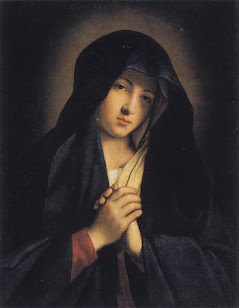
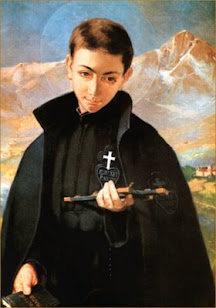



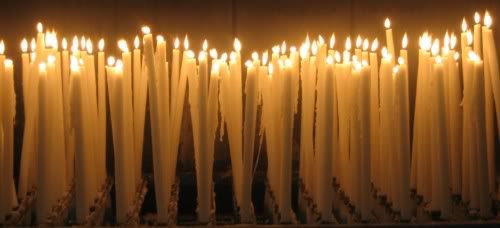



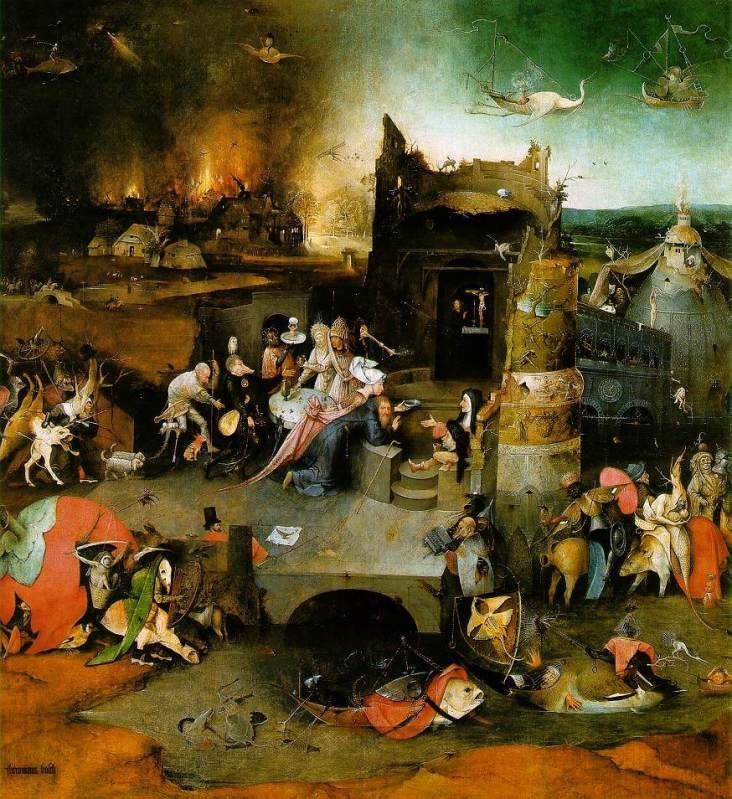
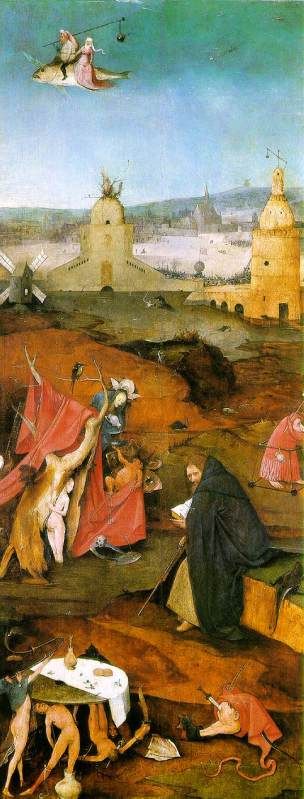
0 comments:
Post a Comment
Thanks for leaving a comment. If you wish to submit a prayer request, however, please do so above, using the "Contact" tab.